Akers Monthly – March 2024
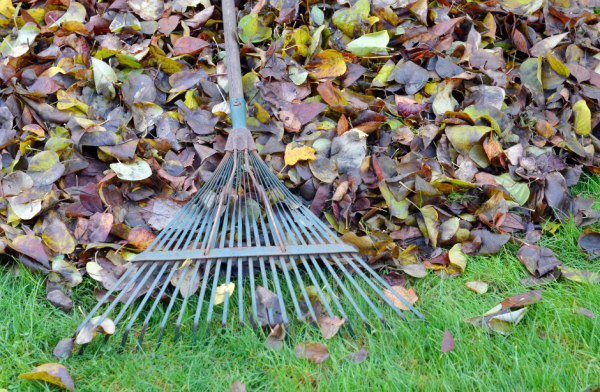
Hello, Autumn
Autumn is a vital time in lawn care. Everything you do between now and May will set up and strengthen your lawn, giving it the best chance to remain green and healthy throughout the cold and wet winter.
Coring
If you haven’t already aerated the lawn in the last 12 months, now is an excellent time to give it a good Core and condition. The summer heat and extra foot traffic on your lawn can cause it to become quite dry and compacted.
What exactly is coring? Good question.
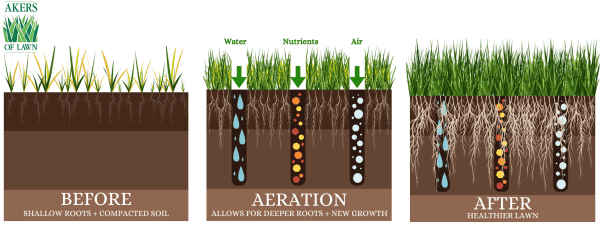
Coring is the process of aerating the lawn by extracting plugs of lawn and soil to alleviate compaction. This also allows for better water penetration, nutrient spread, and oxygen absorption into the soil due to having direct contact with the root system, which helps create stronger root growth. A machine is used to extract plugs evenly across the lawn, every 2 to 3 inches. The plugs can then either be removed and discarded, or can be left to break down into the soil.
Akers of Lawn recommend this process on lawns that have either:
- Dry, hardened soil
- The lawn dehydrates quickly
- Compacted, soggy soil
- Moderate thatch layer
Coring is highly recommended to be done yearly on lawns that have a clay soil underneath, or lawns that struggle with water absorption. Lawns that receive regular coring are easier to mow as they are less dense, and can even save up to 50% on watering costs due to a quicker absorption rate.
We offer Coring either on its own or with another service. Give us a call to book in!
Pre-Emergents
“One year’s seeding makes seven years weeding.” An old saying which rings true for this time of year, and for many weeds! This is why coming into autumn it is recommended to start applying pre-emergents to your lawns to prepare for the influx of weeds that winter tends to bring that can compete with your grass during these cooler months.
We recommend doing this at least twice yearly, once before winter and once coming into spring.
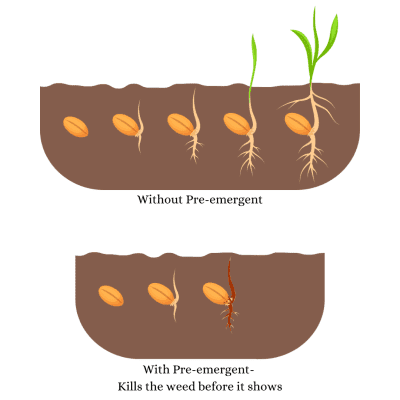
Pre-emergents are not effective against already established weeds, they instead help prevent any underlying seasonal weed seeds from germinating in your soil, therefore reducing the chance for these weeds to sprout up through your lawn. For the best seasonal weed control we recommend applying a pre-emergent every 10 weeks depending on the product used (please see product label for directions).
Please note: pre-emergents will also target lawn seeds, so avoid re-seeding any treated areas for up to 4 months, and do not apply to any newly seeded areas.
Are you contemplating using a pre-emergent? Are you also worried about Black Beetle? Do we have the product for you!
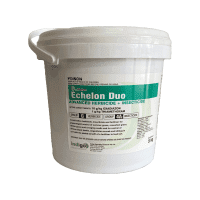
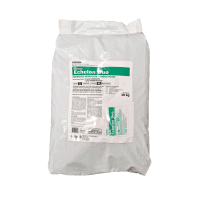
Echelon Duo Advanced Herbicide + Insecticide is a combination herbicide, insecticide, and fertiliser. It provides pre-emergent control of summer grass, crowsfoot grass, winter grass and creeping oxalis, provides control of African black beetle, Argentinian scarab and billbug in turf, AND has the added benefit of a fertiliser to feed your turf.
With just one pass you will have season long prevention for a range of weeds and insects, while strengthening your lawn in the process.
Product of the Month

Pro-Hardwearing Blend
This blend has an attractive nature that can be planted in all turf required areas. It has a self-repairing nature with couch grass being added to give it the ability to run into high wear regions, yet a very high quality finish is easily achieved with basic turf maintenance. Often used in high traffic areas such as school ovals and building surrounds.
Available in: 1kg, 2kg and 5kg.
Pro-Shady Blend
This blend combines the latest, most shade tolerant grasses to cope with the unique conditions experienced where impaired light affects turf quality. Dichondra is included which will run and fill gaps; plus it will also persist where it is too dark for any grass to survive.
Available in: 1kg, 2kg and 5kg.
Pro-Parks Blend
A tough blend of grasses including 5% kikuyu that allows for a self-repairing nature. Pro-Parks blend is traditionally used in areas that have high traffic wear and are required to be hardy, such as high-density housing areas, schools, public grounds, and community buildings.
Available in: 1kg, 2kg and 5kg.
Rhizomatous Tall Fescue (RTF)
This unique variety of tall fescue grows with rhizomes to improve its ability to self-repair, and lowers maintenance requirements. It is a cool season lawn that maintains a lush, deep green appearance, and can grow in full sun and part shade. It is great for low traffic areas, and for those looking for a beautifully green showpiece lawn.
Available in: 1kg, 2kg and 5kg.
Kentucky Bluegrass
Kentucky Bluegrass is a cool climate grass that is great for cold areas as it does not go dormant in winter. It is well suited to planting with/alongside other cool-season grasses such as fescues and ryegrass. It grows rhizomes that help the grass spread, keep the grass thick and cushiony underfoot, and give it excellent repair capabilities.
Available in: 1kg and 2kg.
Perennial Ryegrass
Perennial Ryegrass is a cool season lawn that has a high spread growth rate and improved recovery, along with superior resistance to Gray Leaf Spot, Crown Rust, and Red Thread. It has excellent wear tolerance and summer stress resistance. It is ideal to use for golf courses, sports fields, home lawns, or for winter turf over-seed.
Available in: 1kg and 2kg.
Dichondra Repens
Dichondra is a low-growing, evergreen, low maintenance ground cover. It is a great alternative in areas that get little traffic, or areas that may struggle to grow lawn. It is hardy in most conditions, and although it grows best in full sun, it can also tolerate areas of part shade.
Dichondra is an essential part of the Pro-Shady Blend Seed that matches cool season grasses with the ground cover to create a shade tolerant lawn.
Available in: 100g and 200g.
On sale until 31/3/24
Seeding
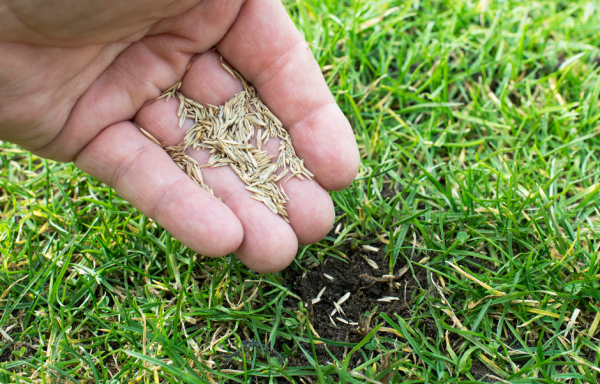
Seeding a lawn takes patience and preparation. It can be a beautiful solution to your yard provided you give the seed the attention it needs in the early weeks before germination.
Things to consider:
1. Have good weed control prior to sowing.
New grass seedlings are slow to establish and will not compete well with many exotic weeds which establish far faster and spread more rapidly.
2. Have good soil preparation.
The better the soil to seed contact that is maintained, the higher the rate of germination of seeds. A fully prepared seedbed will always give higher germination rates than an unprepared or partially prepared seedbed. Even if the area being sown is very small, by preparing the soil correctly you will yield better results – see our preparation and installation guide for turf, the preparation is the same for seed.
3. Is it a suitable time of year to sow seed?
For all species there is an optimum time for best establishment. It varies from species to species but usually it is from autumn to spring for cool season species and from spring to early summer for warm season species. The exception to this comes when irrigation is available as this then allows the sowing of cool season species in summer (albeit with much more effort) or in dry areas, sowing can be successful in winter for some species.
4. Use the appropriate equipment.
The most suitable equipment is that which sows the seed to the preferred depth (usually 10 to 15 mm) and which can distribute it out regularly and evenly. It is best to apply seed after the soil has been prepared and levelled appropriately. Use a leaf rake across the whole area, allow the seed to sit in the furrows, then lightly rake over the opposite way to cover the seed. Keep in mind some will still sit on top of the soil. For further information, see our Aftercare sheet.
Seeding and over sowing are also part of the services that we can offer. All seed varieties available for purchase are also available for these services. If you are interested in this option please send us your details here.
Aftercare
Lawn seed will germinate between 7-28 days (some seed varieities can take up to 48 days), depending on weather conditions, correct care, and type of seed mix. Sometimes reseeding is necessary, and a seeded lawn may take up to 12 months to be completely established so please have patience and persevere. It is imperative that your seed is always kept damp while it is germinating, even in the cooler months where rain is more common.
New lawn needs to be cut approximately 3 weeks after planting, or when 5cm in height. Ensure the mower blades are set on high, use a catcher, and make sure to never cut the lawn too low as this will cause stress.
Lastly, remove all weeds as they appear, especially broadleaf weeds as they will smother new lawn and spread quickly. Weed spraying should be left until the lawn is strong enough, no earlier than 6-8 weeks.
For a more in depth guide please see here.
Dal’s Gardening Tips
- Fertilise your lawns! If you have a warm season grass like Couch, Kikuyu or Buffalo that will go dormant over winter a fertilise will benefit them greatly. Good fertiliser will help keep lawns healthy and strong throughout the cooler season.
- Keep an eye out for fungus. Autumn can bring extra soil dampness and humidity, which are perfect conditions for fungus to grow.
- Aerate, mulch and feed your gardens ready for winter veggie planting.
- What to plant in your patch this month: Broad Beans, Broccoli, Cauliflower, Lettuce, Tomatoes and Spinach – to name a few!
- Autumn is the ideal time of year to plant trees, shrubs and perennials or transplanting any shrubs or trees as well as to make new plants from cuttings.
Do you have any lawn or garden questions?
We want to hear from you!
Send us any questions or topics you want covered and they may get featured in our next Akers Monthly!
As always, thank you for your support!
Dal, Jacqi and the Akers of Lawn team
